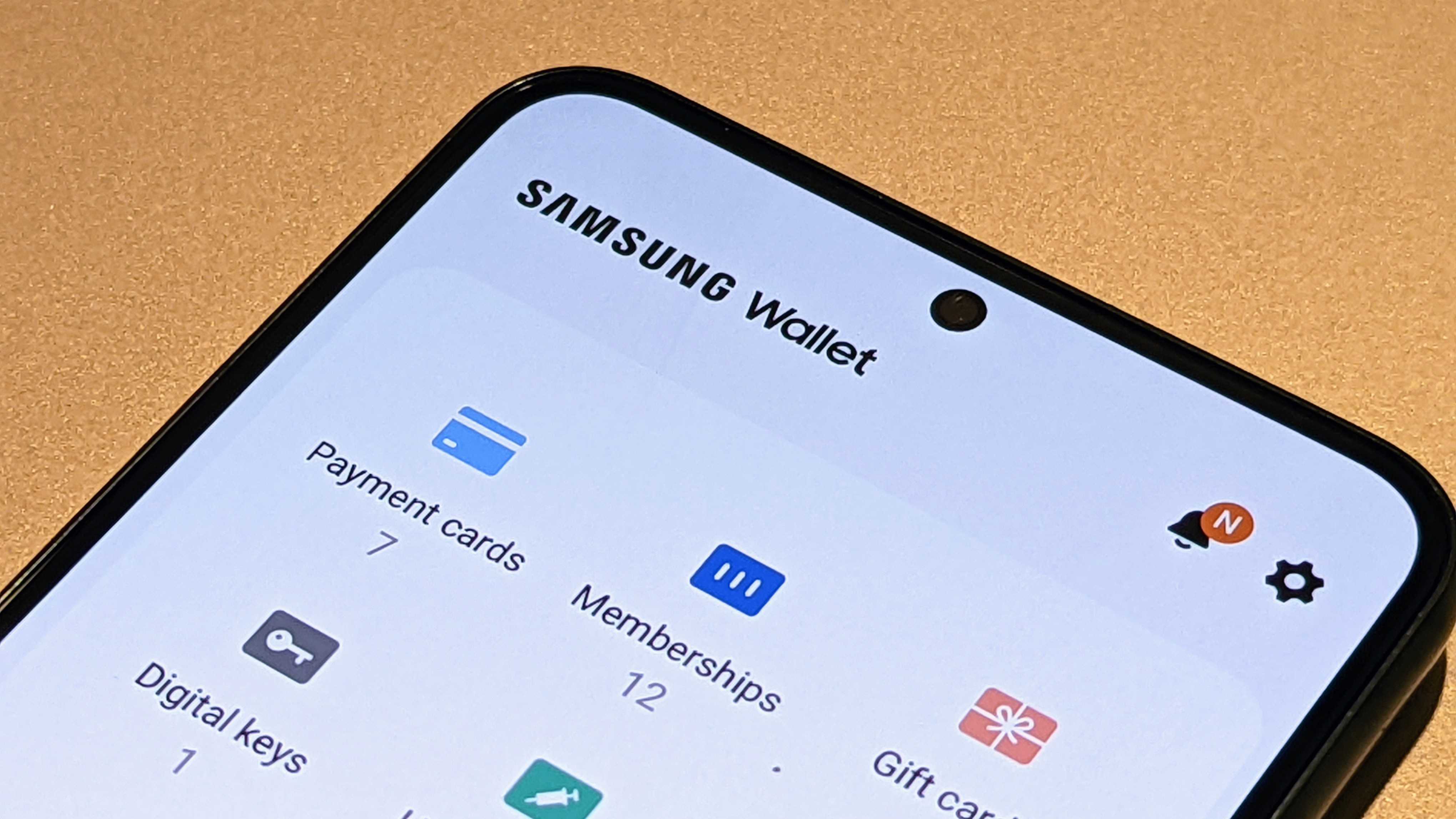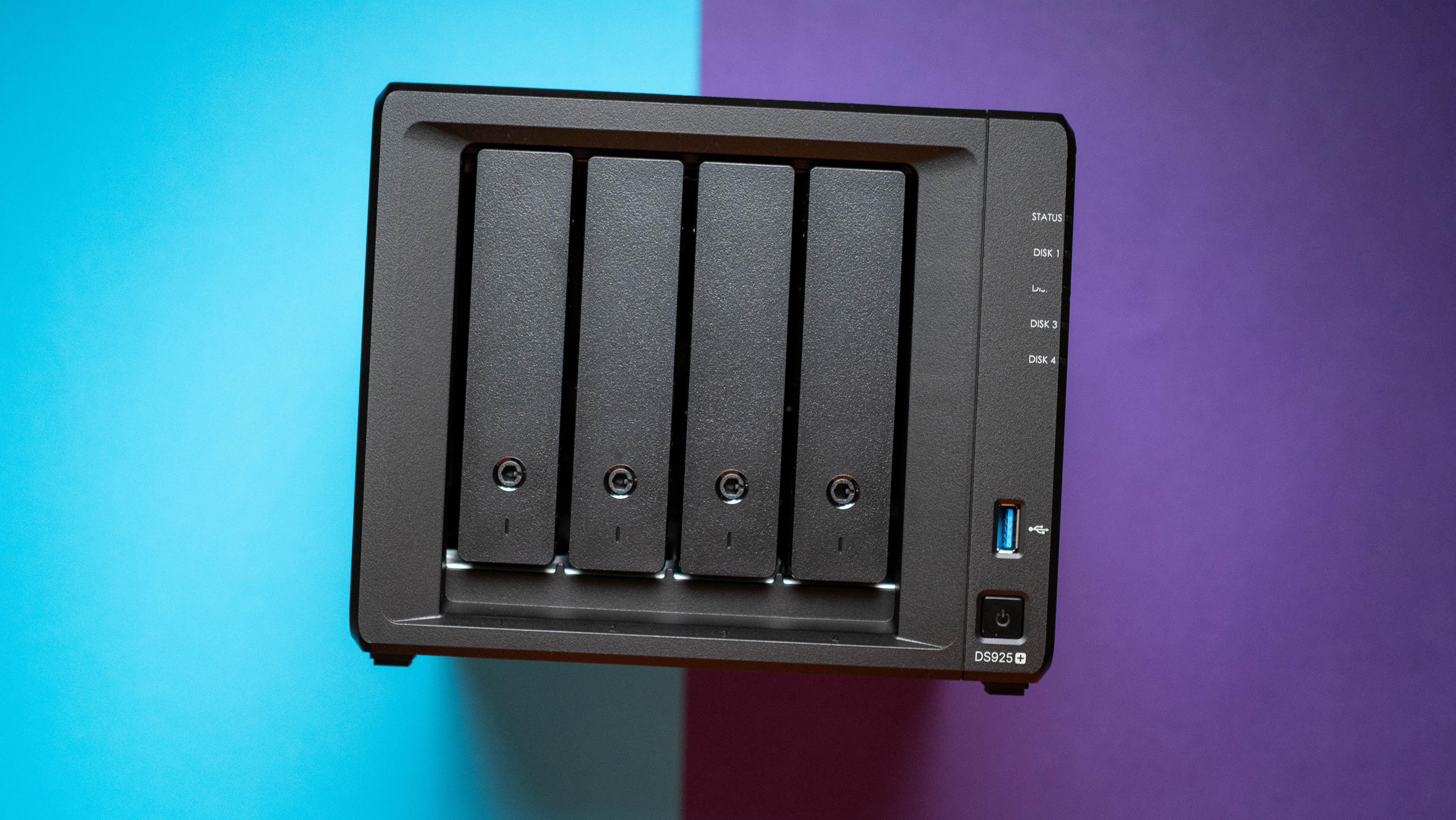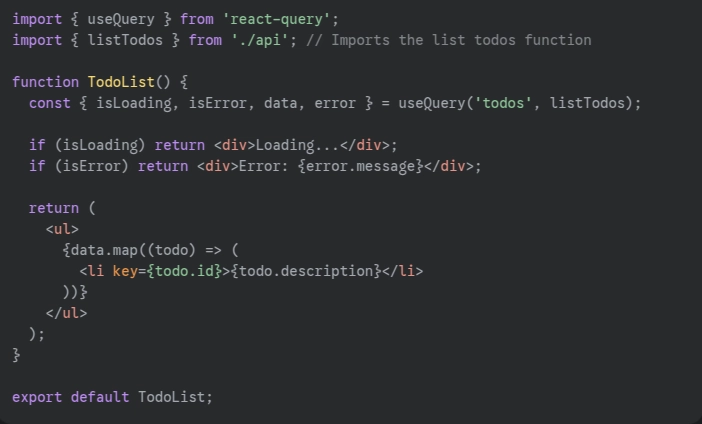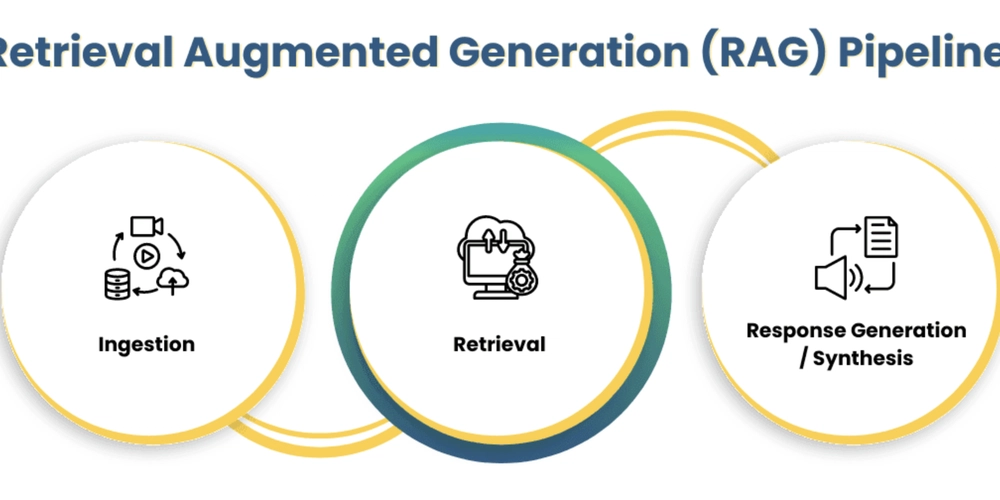Mastering URL‑Safe Encoding with .NET 9’s Base64Url Class: Examples & Best Practices
With .NET 9 Microsoft has introduced a dedicated Base64Url class to streamline URL‑safe Base64 encoding and decoding. In this post, you’ll learn: Why URL‑safe Base64 matters How to use the new Base64Url API in .NET 9 Real‑world use cases (tokens, query strings, data embedding) Best practices to avoid common pitfalls Let’s dive in! Table of Contents Introduction Why URL‑Safe Base64? The .NET 9 Base64Url Class Code Examples Encoding & Decoding Strings Working with Binary Data Integrating with ASP.NET Core Common Use Cases Best Practices Conclusion Introduction Base64 is a popular encoding mechanism for binary-to-text transformations. However, standard Base64 uses characters like +, /, and = which can break URLs or require extra escaping. URL‑safe Base64 replaces these with -, _, and omits padding, making it ideal for tokens, query parameters, and other web contexts. .NET 9’s new Base64Url class provides: Simple, zero‑allocation methods Consistent behavior across platforms Built‑in handling of padding and illegal characters Why URL‑Safe Base64? Standard Base64: Uses + and / in its alphabet Adds = padding at the end Requires URL‑encoding when used in query strings Can introduce parsing errors or double‑encoding URL‑safe Base64: Substitutes + → - and / → _ Omits or gracefully handles padding Safe to embed in URLs without extra encoding The .NET 9 Base64Url Class The new class lives in the System namespace: namespace System { public static class Base64Url { public static string Encode(byte[] data); public static byte[] Decode(string urlSafeBase64); } } Key points: Encode(byte[]) produces a URL‑safe string (no +, /, or trailing =). Decode(string) accepts padded or unpadded URL‑safe Base64 strings. Code Examples Encoding & Decoding Strings using System; using System.Text; class Program { static void Main() { string original = "Hello, .NET 9!"; byte[] bytes = Encoding.UTF8.GetBytes(original); // Encode to URL-safe Base64 string encoded = Base64Url.Encode(bytes); Console.WriteLine($"Encoded: {encoded}"); // e.g. "SGVsbG8sIC5ORGVDOSA" // Decode back to bytes byte[] decodedBytes = Base64Url.Decode(encoded); string decoded = Encoding.UTF8.GetString(decodedBytes); Console.WriteLine($"Decoded: {decoded}"); // "Hello, .NET 9!" } } Working with Binary Data using System; using System.Security.Cryptography; class BinaryExample { static void Main() { // Generate a random 32-byte key byte[] key = RandomNumberGenerator.GetBytes(32); // URL-safe encode the key string keyToken = Base64Url.Encode(key); Console.WriteLine($"Key Token: {keyToken}"); // Later: decode back to raw key byte[] rawKey = Base64Url.Decode(keyToken); Console.WriteLine($"Key Length: {rawKey.Length} bytes"); } } Integrating with ASP.NET Core Embed URL‑safe tokens in query strings or headers: app.MapGet("/token", () => { var payload = Encoding.UTF8.GetBytes("user-id=42;exp=1699999999"); var token = Base64Url.Encode(payload); return Results.Ok(new { token }); }); app.MapGet("/validate", (string token) => { try { var data = Base64Url.Decode(token); string text = Encoding.UTF8.GetString(data); return Results.Ok(new { valid = true, text }); } catch (FormatException) { return Results.BadRequest("Invalid token format."); } }); Common Use Cases JWT & OIDC – JSON Web Tokens use URL‑safe Base64 for header and payload segments. Query Parameters – Pass binary data or state tokens without further URL encoding. Short-Lived URLs – Sign URLs for temporary access (e.g., presigned file downloads). Embedded Metadata – Include user data in links or forms safely. Best Practices Validate Input: Always wrap Decode in try/catch to handle malformed input. Avoid Manual Padding: Let Base64Url handle padding rules automatically. Use in HTTPS: Although URL‑safe, still transmit sensitive tokens over secure channels. Log & Monitor: Track decode failures to detect tampering or abuse. Cache Heavy Operations: If encoding large blobs frequently, consider caching results. Conclusion .NET 9’s Base64Url class simplifies URL‑safe encoding and decoding with a clean, reliable API. Whether you’re building authentication tokens, passing data in query strings, or signing URLs, Base64Url should be your go‑to tool. Give it a try in your next .NET 9 project, and let me know how you use it! Happy coding!

With .NET 9 Microsoft has introduced a dedicated Base64Url class to streamline URL‑safe Base64 encoding and decoding. In this post, you’ll learn:
- Why URL‑safe Base64 matters
- How to use the new Base64Url API in .NET 9
- Real‑world use cases (tokens, query strings, data embedding)
- Best practices to avoid common pitfalls
Let’s dive in!
Table of Contents
- Introduction
- Why URL‑Safe Base64?
- The .NET 9 Base64Url Class
-
Code Examples
- Encoding & Decoding Strings
- Working with Binary Data
- Integrating with ASP.NET Core
- Common Use Cases
- Best Practices
- Conclusion
Introduction
Base64 is a popular encoding mechanism for binary-to-text transformations. However, standard Base64 uses characters like +, /, and = which can break URLs or require extra escaping. URL‑safe Base64 replaces these with -, _, and omits padding, making it ideal for tokens, query parameters, and other web contexts.
.NET 9’s new Base64Url class provides:
- Simple, zero‑allocation methods
- Consistent behavior across platforms
- Built‑in handling of padding and illegal characters
Why URL‑Safe Base64?
Standard Base64:
- Uses
+and/in its alphabet - Adds
=padding at the end - Requires URL‑encoding when used in query strings
- Can introduce parsing errors or double‑encoding
URL‑safe Base64:
- Substitutes
+→-and/→_ - Omits or gracefully handles padding
- Safe to embed in URLs without extra encoding
The .NET 9 Base64Url Class
The new class lives in the System namespace:
namespace System
{
public static class Base64Url
{
public static string Encode(byte[] data);
public static byte[] Decode(string urlSafeBase64);
}
}
Key points:
-
Encode(byte[])produces a URL‑safe string (no+,/, or trailing=). -
Decode(string)accepts padded or unpadded URL‑safe Base64 strings.
Code Examples
Encoding & Decoding Strings
using System;
using System.Text;
class Program
{
static void Main()
{
string original = "Hello, .NET 9!";
byte[] bytes = Encoding.UTF8.GetBytes(original);
// Encode to URL-safe Base64
string encoded = Base64Url.Encode(bytes);
Console.WriteLine($"Encoded: {encoded}");
// e.g. "SGVsbG8sIC5ORGVDOSA"
// Decode back to bytes
byte[] decodedBytes = Base64Url.Decode(encoded);
string decoded = Encoding.UTF8.GetString(decodedBytes);
Console.WriteLine($"Decoded: {decoded}");
// "Hello, .NET 9!"
}
}
Working with Binary Data
using System;
using System.Security.Cryptography;
class BinaryExample
{
static void Main()
{
// Generate a random 32-byte key
byte[] key = RandomNumberGenerator.GetBytes(32);
// URL-safe encode the key
string keyToken = Base64Url.Encode(key);
Console.WriteLine($"Key Token: {keyToken}");
// Later: decode back to raw key
byte[] rawKey = Base64Url.Decode(keyToken);
Console.WriteLine($"Key Length: {rawKey.Length} bytes");
}
}
Integrating with ASP.NET Core
Embed URL‑safe tokens in query strings or headers:
app.MapGet("/token", () =>
{
var payload = Encoding.UTF8.GetBytes("user-id=42;exp=1699999999");
var token = Base64Url.Encode(payload);
return Results.Ok(new { token });
});
app.MapGet("/validate", (string token) =>
{
try
{
var data = Base64Url.Decode(token);
string text = Encoding.UTF8.GetString(data);
return Results.Ok(new { valid = true, text });
}
catch (FormatException)
{
return Results.BadRequest("Invalid token format.");
}
});
Common Use Cases
- JWT & OIDC – JSON Web Tokens use URL‑safe Base64 for header and payload segments.
- Query Parameters – Pass binary data or state tokens without further URL encoding.
- Short-Lived URLs – Sign URLs for temporary access (e.g., presigned file downloads).
- Embedded Metadata – Include user data in links or forms safely.
Best Practices
-
Validate Input: Always wrap
Decodein try/catch to handle malformed input. -
Avoid Manual Padding: Let
Base64Urlhandle padding rules automatically. - Use in HTTPS: Although URL‑safe, still transmit sensitive tokens over secure channels.
- Log & Monitor: Track decode failures to detect tampering or abuse.
- Cache Heavy Operations: If encoding large blobs frequently, consider caching results.
Conclusion
.NET 9’s Base64Url class simplifies URL‑safe encoding and decoding with a clean, reliable API. Whether you’re building authentication tokens, passing data in query strings, or signing URLs, Base64Url should be your go‑to tool.
Give it a try in your next .NET 9 project, and let me know how you use it!
Happy coding!











































































































































































![[The AI Show Episode 144]: ChatGPT’s New Memory, Shopify CEO’s Leaked “AI First” Memo, Google Cloud Next Releases, o3 and o4-mini Coming Soon & Llama 4’s Rocky Launch](https://www.marketingaiinstitute.com/hubfs/ep%20144%20cover.png)






















































































































































































































































-All-will-be-revealed-00-35-05.png?width=1920&height=1920&fit=bounds&quality=70&format=jpg&auto=webp#)

























































































































![What iPhone 17 model are you most excited to see? [Poll]](https://9to5mac.com/wp-content/uploads/sites/6/2025/04/iphone-17-pro-sky-blue.jpg?quality=82&strip=all&w=290&h=145&crop=1)

















![Hands-On With 'iPhone 17 Air' Dummy Reveals 'Scary Thin' Design [Video]](https://www.iclarified.com/images/news/97100/97100/97100-640.jpg)
![Mike Rockwell is Overhauling Siri's Leadership Team [Report]](https://www.iclarified.com/images/news/97096/97096/97096-640.jpg)
![Instagram Releases 'Edits' Video Creation App [Download]](https://www.iclarified.com/images/news/97097/97097/97097-640.jpg)
![Inside Netflix's Rebuild of the Amsterdam Apple Store for 'iHostage' [Video]](https://www.iclarified.com/images/news/97095/97095/97095-640.jpg)

































































































































